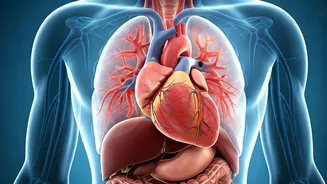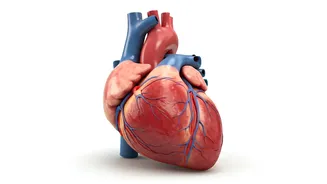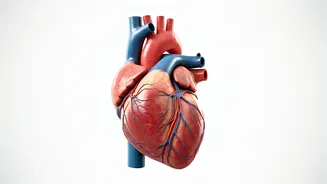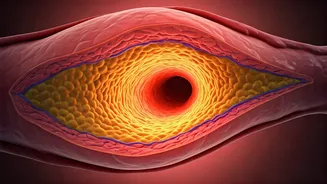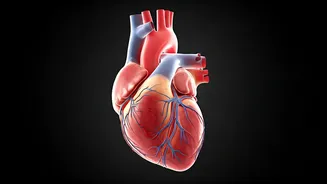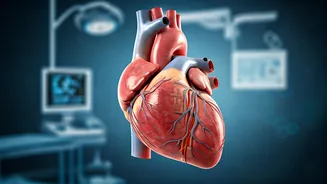Recognizing Warning Signs
Several subtle signals can indicate underlying heart issues, requiring prompt attention. One key indicator is pain or cramps in the legs during walking,
which subsides with rest. This symptom may suggest peripheral artery disease (PAD), a condition affecting blood flow to the limbs. Another sign to watch for is slow-healing wounds on the feet, as impaired circulation can hinder the body's ability to repair itself effectively. Further, a leg feeling colder than the other could denote a circulation problem, whereas a weak pulse in the legs or feet is another common indicator. Identifying these symptoms early allows for timely intervention, potentially averting more severe cardiovascular complications and improving the quality of life.
PAD: Key Symptoms
Peripheral artery disease (PAD) has several distinctive symptoms that serve as early warning signals. Aside from the aforementioned leg pain during walking and cold sensations in one leg, other indicators are present. Numbness or weakness in the legs can signify reduced blood supply, impacting nerve function. Changes in skin appearance, such as shiny skin or loss of hair on the legs and feet, may also indicate compromised circulation. These symptoms should not be ignored. It's crucial to consult a healthcare professional for diagnosis and management to prevent further health complications and to ensure optimal cardiovascular well-being.
Heart Attack Prevention
Proactive measures are critical for maintaining heart health and reducing the risk of a heart attack. Adopting a heart-healthy lifestyle is key, encompassing regular exercise, a balanced diet, and effective stress management techniques. The consumption of nutritious foods such as those found in various desi chutneys can be beneficial. Regular health check-ups and screenings are vital, aiding early detection of potential issues, allowing for timely interventions. Understanding the risk factors specific to one's situation, such as family history and lifestyle choices, is essential to customize preventative approaches. Making informed decisions regarding diet, exercise, and stress levels can significantly contribute to long-term cardiovascular well-being and a healthier life.
